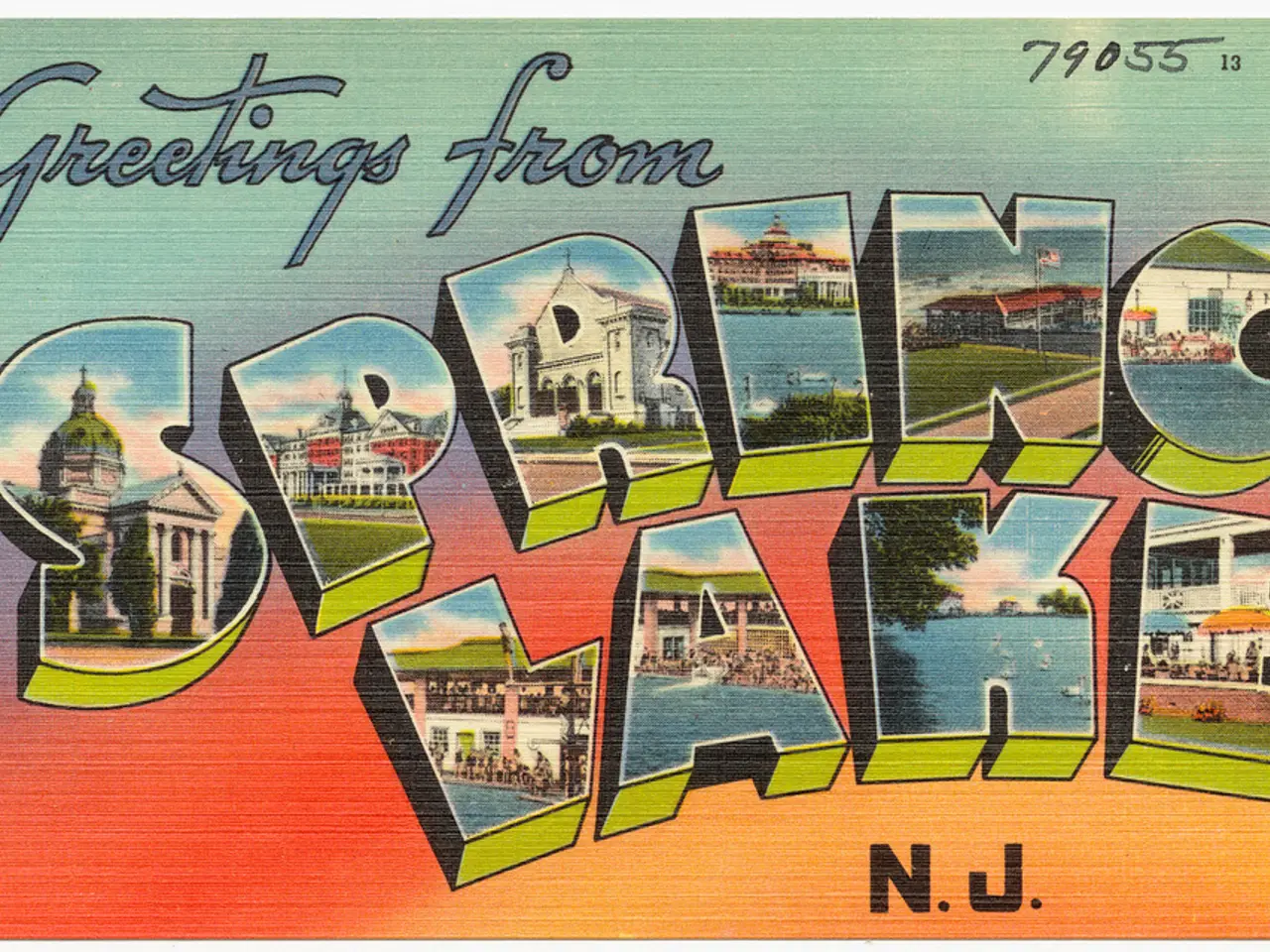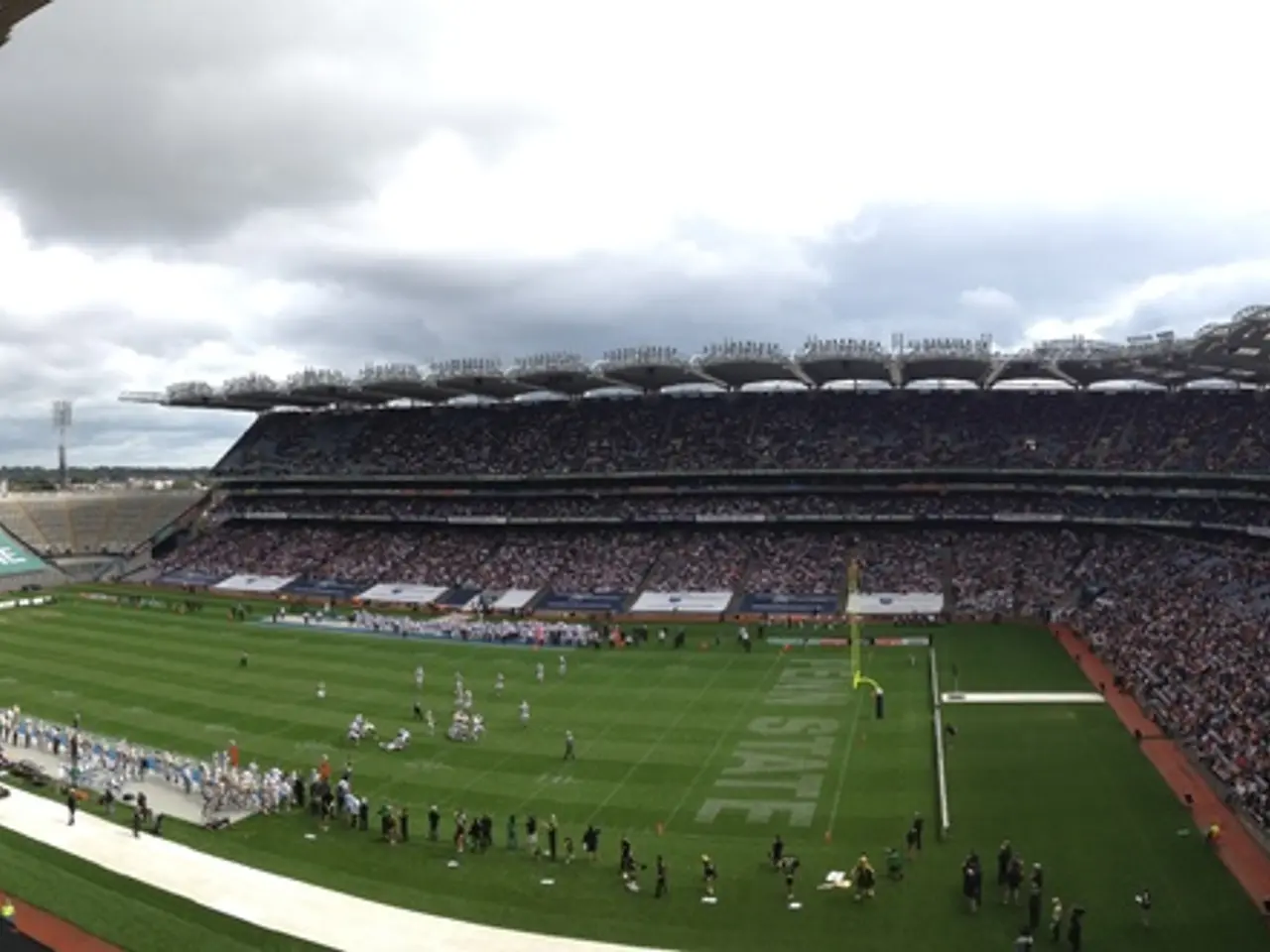Catastrophic Impact of Hurricane Katrina: 55 Overwhelming Images Showcasing the Storm's Destructive Post-Disaster Scene
=========================================================================================
New Orleans, a city known for its vibrant culture and unique charm, was forever changed by the devastating impact of Hurricane Katrina in 2005. The storm's aftermath left a profound and multifaceted mark on the city's infrastructure, economy, and society, challenges that persist even two decades later.
Infrastructure
The hurricane's most visible impact was on New Orleans' levee and water infrastructure. With 80% of the city flooding due to 53 breaches in the federally built levee system, the storm surge and rain proved too much for the defences to withstand. Critical canals like the 17th Street Canal and the Industrial Canal suffered significant breaches, and many major roads and bridges were damaged, severely disrupting transportation and emergency response.
Even today, New Orleans continues to face significant challenges related to aging and vulnerable water infrastructure. Investment and workforce development are needed to improve resilience against climate impacts.
Economy
The population of New Orleans declined by 29% between fall 2005 and 2011 due to displacement. While the local economy initially suffered, studies indicate a complex economic impact. Many displaced residents relocated to stronger economic regions and on average earned more than comparable individuals who were never affected. These gains partly reflect migration to areas with better opportunities rather than improvements in New Orleans' economy itself.
For those who remained, economic recovery has been hampered by increased housing costs due to destroyed supply and local inflation. The recovery process was also marked by delays, bureaucratic complications, and controversies, such as the criticism faced by Louisiana's primary housing recovery initiative, the Road Home program.
Society
Socially, Hurricane Katrina exposed and exacerbated governance, engineering, and institutional failures, reshaping how residents and officials view risk and resilience in New Orleans. Tens of thousands of residents were unable or unwilling to evacuate, leading to tragic rescue operations and widespread looting during flood conditions.
The disaster highlighted deep civic and governmental dysfunction that contributed to the scale of human suffering. The population loss and displacement also altered the social fabric and demographics of the city.
Education systems were completely restructured in New Orleans, with the traditional public school system largely replaced by charter schools. Some charter schools in New Orleans teach what is known as "Accelerated Christian Education (A.C.E.)", exposing children to intensive religious instruction in every subject.
Legacy and Lessons Learned
Hurricane Katrina fundamentally changed how the United States approaches disaster preparedness and response. The Stafford Act was amended to improve federal disaster response capabilities, and FEMA underwent significant reforms. The Post-Katrina Emergency Management Reform Act of 2006 enhanced FEMA's authority and resources while establishing new requirements for catastrophic disaster planning.
The U.S. Coast Guard proved to be highly effective in responding to the disaster, rescuing over 33,500 people. Military assistance was delayed due to bureaucratic procedures and concerns about the Posse Comitatus Act. Communication failures between different agencies during the Hurricane Katrina response effort, including incompatible radio systems and an overwhelmed 911 system, were also addressed.
The recovery from Hurricane Katrina was a long and contentious, heavily politicized struggle that highlighted existing social and economic inequalities. Aid that filtered down to residents was held up by rules and red tape meant to provide relief. At least 24,000 Louisiana homeowners had accepted grants to raise their homes up to six feet off the ground but were later unable to prove that they'd made the upgrades.
Various contractors, advisers, and conmen took advantage of the situation, committing fraud with hurricane relief funds. Michael D. Brown, FEMA Director at the time, wrote a piece in Politico defending his actions during Hurricane Katrina, blaming the mayor and governor for not fulfilling their responsibilities.
Two decades later, it remains to be seen if that world ever figured it out. Rebuilding efforts were complicated by debates over which areas should be rebuilt and how to make them more resilient to future storms. Search and rescue operations were initially hampered by jurisdictional confusion and resource shortages.
In sum, Hurricane Katrina’s long-term impact on New Orleans was vast: infrastructure recovery and improvements remain ongoing decades later; the economy experienced disruption and migration-driven changes rather than straightforward growth; and social consequences included significant population displacement and a lasting reevaluation of governance and risk management. These effects continue to shape the city's trajectory in adapting to environmental and economic challenges.
- As the city of New Orleans continues to rebuild, focusing on environmental-science strategies, such as improving water infrastructure and addressing climate impacts, could strengthen its resilience against future weather events.
- The cultural exchange in New Orleans, a city rich in history, is influenced by its diverse immigrant population, contributing to a unique blend of cuisine, music, and art that continues to attract travelers from around the globe.
- The recovery from Hurricane Katrina left a lasting impact on New Orleans' educational system, with the introduction of charter schools offering a curriculum incorporating environmental science and intensive religious instruction in certain institutions.








